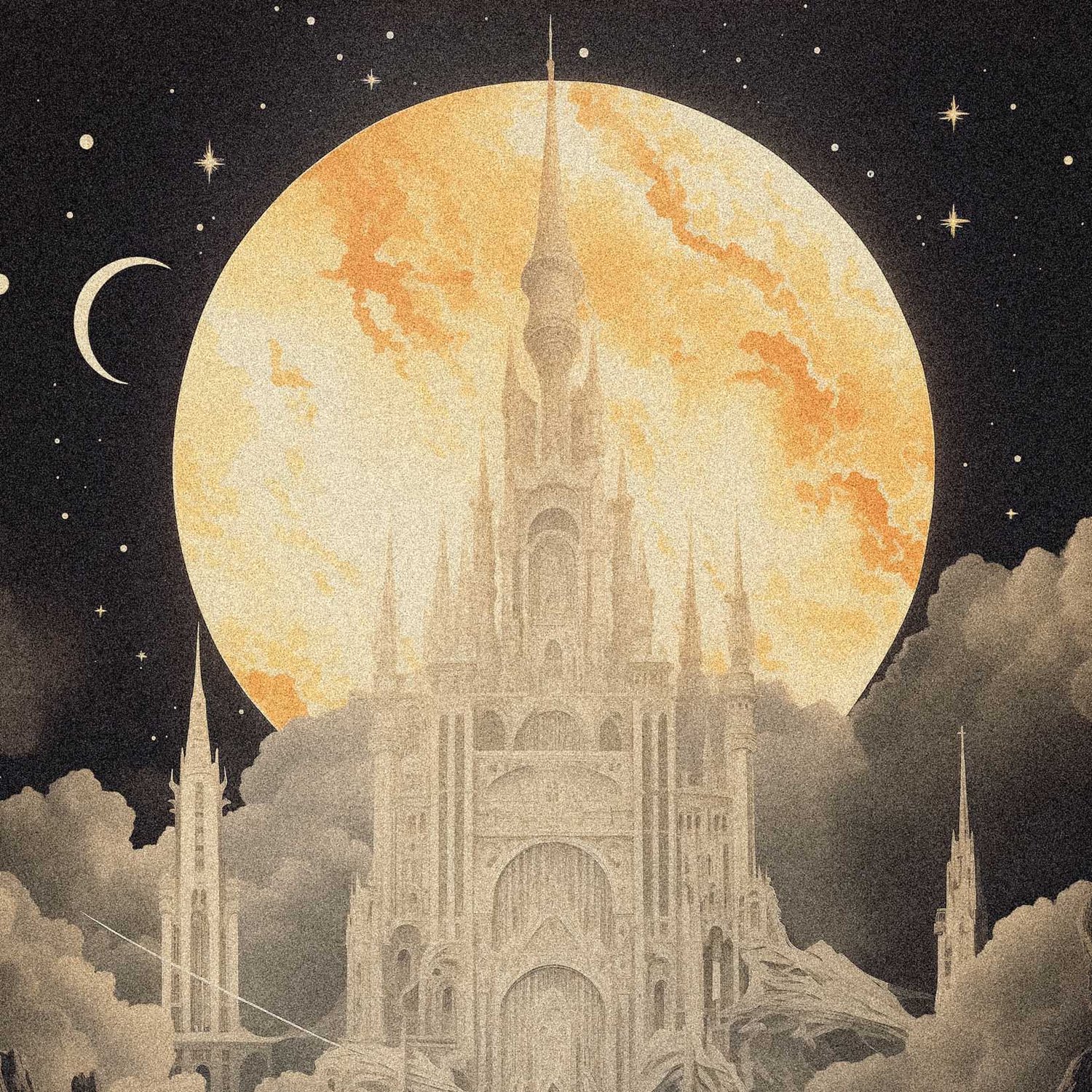How to Instil Dread in Dark Fantasy Without Typical Horror Tropes?
How to Instil Dread in Dark Fantasy Without Typical Horror Tropes?
Dark fantasy is a genre that frequently teeters on the verge of horror and is distinguished by its eerie atmospheres, sinister creatures, and morally grey characters. On the other hand, dread can be evoked without resorting to conventional horror clichés. This investigation will focus on the subtle, atmospheric, and psychological techniques used in dark fantasy to create fear. Discover how writers can create a creepy atmosphere without using the typical jump scares and gore.
Setting the Stage for you Dark Fantasy Realm
World-Building and Atmosphere:
Shadowy fantasy realms are frequently distinguished by their desolate topography, eerie ruins, and harsh surroundings. Writers can evoke a sense of dread by evocatively describing these settings, employing decaying structures and desolate landscapes to create a sense of foreboding. A great illustration of this can be found in China Miéville's "Perdido Street Station" in which the industrial decay of New Crobuzon transforms the city into a character in its own right.
Cultural and Mythical Elements:
The sense of dread can be increased by introducing exotic cultures and mythologies in a dark fantasy setting. Using real-life folklore as inspiration and incorporating it into the story can produce a strange and unsettling atmosphere. In "American Gods" Neil Gaiman accomplishes this by fusing ancient gods with contemporary culture and obfuscating the boundaries between the known and the unknown.
Crafting Dark Fantasy Characters
Morally Ambiguous Characters:
A world full of moral conundrums is often navigated by morally ambiguous characters, which are the lifeblood of dark fantasy. When presented with characters whose motivations are murky and whose actions are unpredictable, readers may experience a feeling of dread. In this regard, George R.R. Martin's "A Song of Ice and Fire" series shines, as characters such as Melisandre and Jaime Lannister captivate readers with their complex personalities.
Unreliable Narrators:
Using unreliable narrators can raise doubts in readers' minds about the veracity of the story by adding an extra layer of uncertainty. The protagonist of Mark Lawrence's "Prince of Thorns" has a fractured psyche, making it difficult to distinguish between reality and delusion and leaving readers uneasy all the time.
Psychological Tension
Subtle Foreshadowing:
In the story, authors can use subliminal clues and symbols in place of overt warnings or foreshadowing. As readers become aware of the menacing undertones, this builds suspense and unease. A subtle sense of dread is gradually built in Clive Barker's "Books of Blood," as the stories are interwoven with symbols and reoccurring motifs, leading to horrifying revelations.
The Uncanny:
A strong feeling of dread can be evoked by introducing elements of the uncanny, where the familiar becomes unsettling. This can involve the boundaries between the living and the dead becoming more hazy, bizarre coincidences, or warped reality. With its maze-like castle and quirky characters, Mervyn Peake's "Gormenghast" expertly blends the uncanny, resulting in a mood of enduring unease.
Dark Fantasy Narrative Techniques
Slow-Burn Pacing:
Dark fantasy can evoke fear by taking a slow-burning approach rather than depending on fast-paced, adrenaline-fueled storytelling. The overall feeling of unease can be increased by lingering on atmospheric details, letting tension build gradually, and delaying gratification. "The Shadow over Innsmouth" by H.P. Lovecraft moves at a slow pace, progressively exposing the horror hidden beneath the surface of a seemingly normal town.
Isolation and Claustrophobia:
Restricting characters to solitary or cramped environments can heighten emotions of apprehension. Restricting the characters' means of escape, whether from a haunted house, a remote village, or an abandoned asylum, heightens the psychological suspense. Shirley Jackson's "The Haunting of Hill House" skillfully evokes fear by confining its characters inside the haunting mansion.
Clever Use of Supernatural Elements
Cursed Objects and Artifacts:
Dark fantasy frequently includes artefacts or objects that are cursed and summon evil forces. These objects act as mediums for otherworldly terror without using explicitly horrifying imagery. The cursed sword Stormbringer, which haunts the protagonist and leaves a tragic trail, becomes a symbol of doom in Michael Moorcock's "Elric of Melniboné" series.
Ambiguous Threats:
It can be more unsettling to leave the nature of the threat unclear rather than to specifically describe hideous creatures. A more visceral and intimate fear can be produced by letting the readers' imaginations fill in the blanks. In China Miéville's "The Scar" the Brucolac and the Anophelii pose a mysterious threat that is shrouded in ambiguity, lending layers of suspense to the story.
My Own Dark Fantasy Realm
Hi there, fellow fans of dark fantasy! Thanks to your unflinching support, our blog—which is packed with tales and inspirations of dark fantasy—is making waves on TikTok, Pinterest, and YouTube. Even more thrilling is the fact that we're creating a captivating Trading Card Game to further engross you in Twilight Citadel's eerie mysteries. Explore the depths of the shadows with our website, where you can get eerie yet lovely phone wallpapers and posters. Furthermore, we've got you covered with free resources like desktop wallpapers and profile pictures to make sure your gadgets are brimming with eerie fantasy atmosphere. Come along with us on this surreal adventure, where fears come true and shadows dance. Are you prepared to welcome the gloom?
My Final Thoughts
A careful balancing act between world-building, character dynamics, psychological tension, and narrative techniques is needed to create dread in dark fantasy. Through the rejection of conventional horror clichés and the embrace of nuance, writers can create an atmosphere that stays with readers long after the last page. The given examples demonstrate how dark fantasy can be used to evoke fear through subtle storytelling, demonstrating that true terror frequently lurks in the unknown's shadows. These genre-defining authors can serve as a source of inspiration for aspiring authors who want to create dark fantasy stories that haunt readers' dreams and awake.







